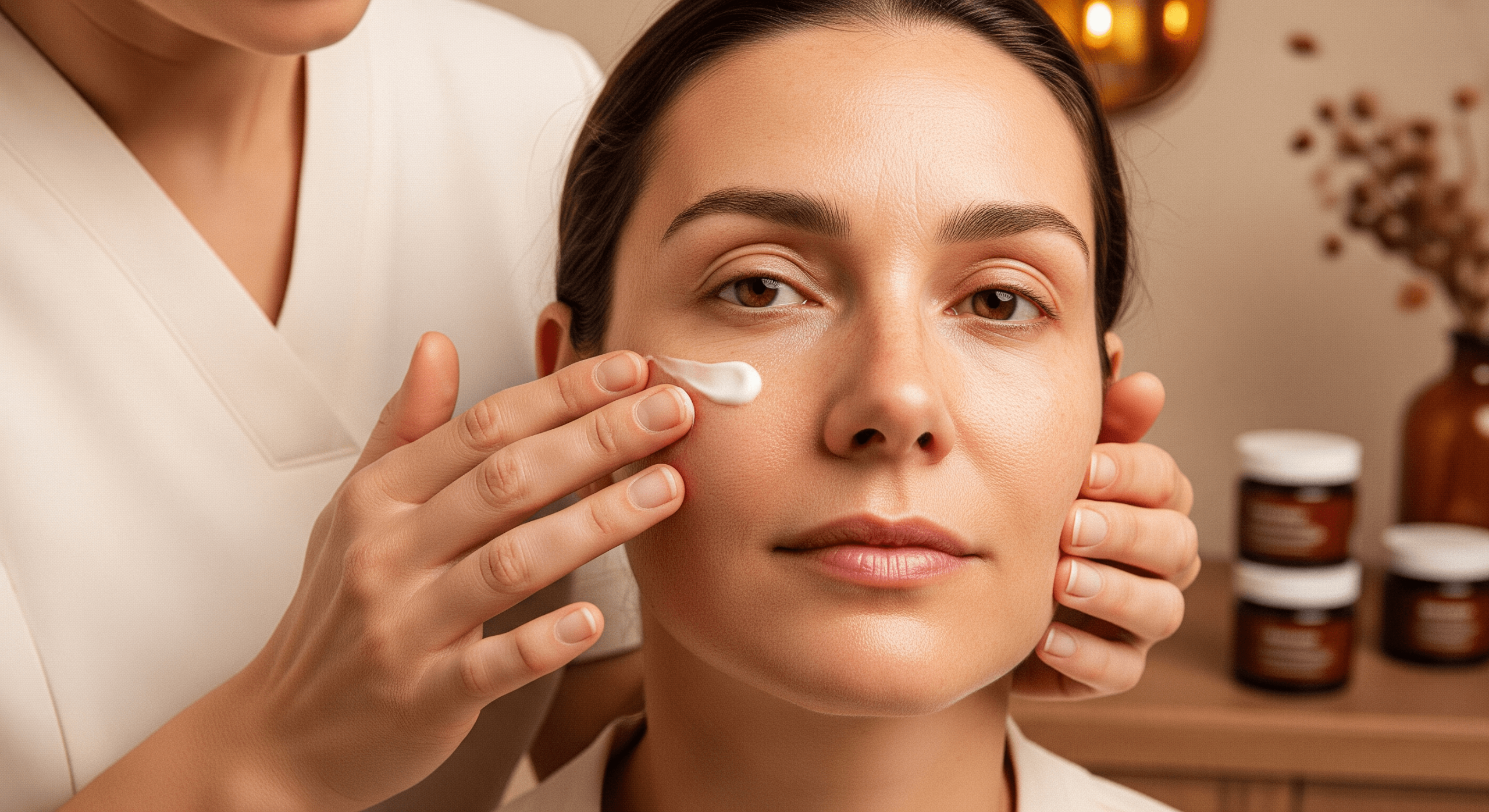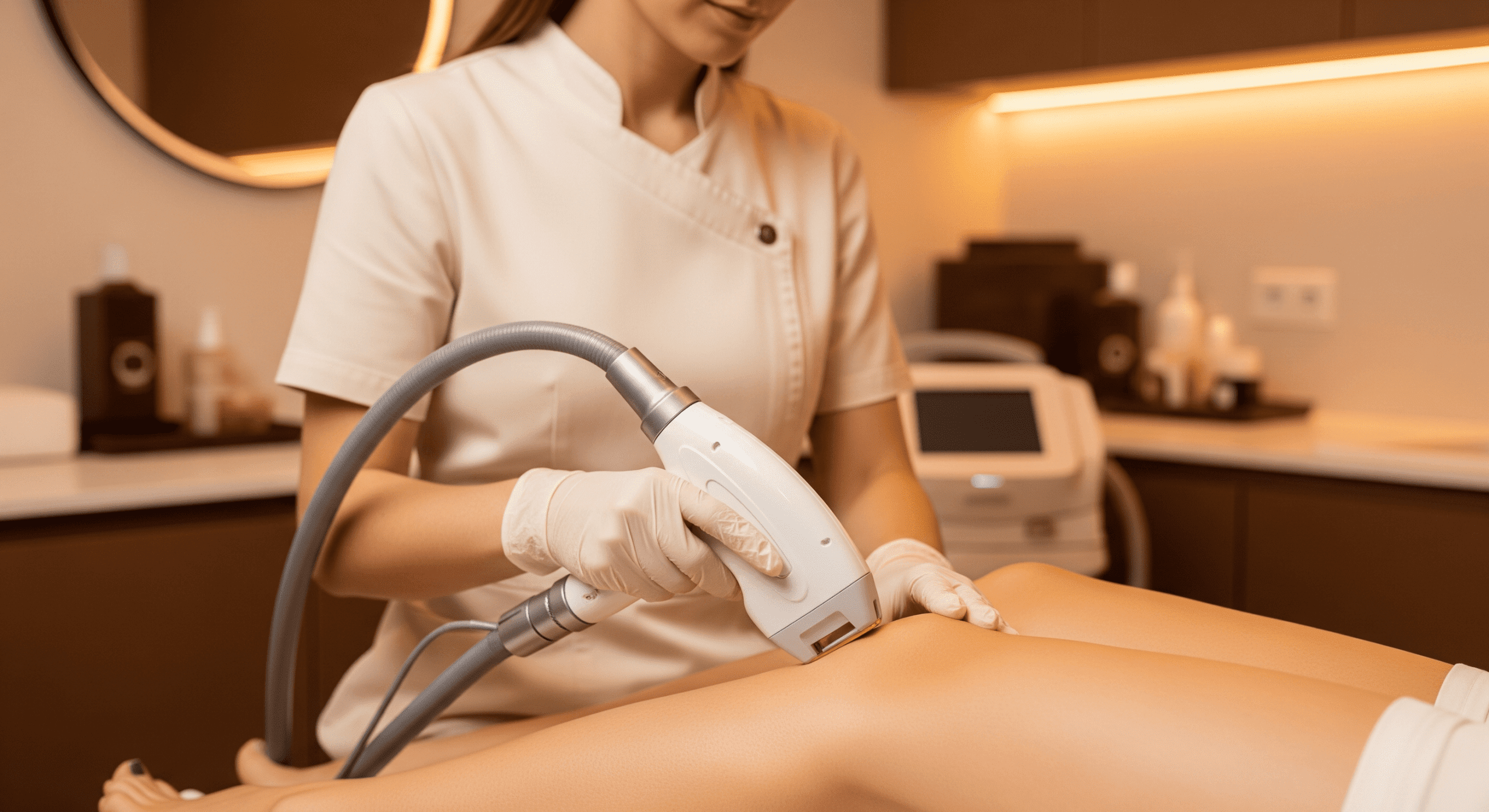Light therapy is the skincare world’s not-so-secret weapon. It’s non-invasive, high-tech, and increasingly available in everything from dermatology clinics to at-home devices. But not all light is created equal—and neither are your skin concerns.
If you’ve ever wondered about red light vs blue light therapy, you’re not alone. These two types of LED treatments serve very different purposes, and knowing which one is right for you can save your skin—and your wallet—from ineffective treatments. Let’s break down how they work, what they’re best at, and how to integrate them into your skincare strategy.
Jump To:
- TLDR – Quick Guide
- Detailed Breakdown: Red Light vs Blue Light Therapy
- Implementation Tactics: Choosing and Using Light Therapy
- Key Takeaways
- FAQs
TLDR – Quick Guide
- Red Light Therapy: Best for anti-aging, inflammation, and skin healing
- Blue Light Therapy: Best for acne, oil control, and bacterial reduction
- Use Together? Yes, if you’re tackling both acne and signs of aging
- How Often: 2–5x per week depending on device strength
- Safety: FDA-cleared options are safe for most skin types with proper usage
Detailed Breakdown: Red Light vs Blue Light Therapy
Red Light Therapy: Your Skin’s Repair Mode
Red light therapy penetrates deeper into the skin, stimulating collagen production and improving blood flow. This makes it a go-to for:
- Reducing fine lines and wrinkles
- Calming inflammation and redness
- Healing skin damage, including sun spots and scars
A study published in the Journal of Photomedicine and Laser Surgery found that red light therapy significantly improved skin texture and tone after just four weeks of use (source).
Best for: Aging skin, sensitive or reactive skin, and post-inflammatory healing
Blue Light Therapy: The Acne Assassin
Blue light has a shorter wavelength and targets the uppermost layer of skin. Its specialty? Killing P. acnes bacteria, the culprit behind breakouts. It also helps regulate sebum production, making it a favorite among oily skin types.
According to a 2017 clinical trial in Dermatologic Surgery, blue light therapy reduced acne lesions by up to 77% after eight weeks of consistent use (source).
Best for: Acne-prone skin, oily skin, teen or adult breakouts
Implementation Tactics: Choosing and Using Light Therapy
How to Choose the Right One
Ask yourself:
- Are you trying to clear acne? Start with blue light.
- Is your focus on anti-aging or healing? Red light is your friend.
- Struggling with both? Opt for a dual-wavelength device.
At-Home vs In-Clinic Devices
| Treatment Type | At-Home Devices | Professional Clinics |
| Red Light | Slower results, more sessions | Stronger output, quicker effects |
| Blue Light | Great for mild/moderate acne | Ideal for cystic or persistent acne |
| Cost | $100–$500 per device | $50–$200 per session |
Pro tip: Always wear protective goggles and follow manufacturer instructions to avoid irritation or eye strain.
Frequency & Expectations
- At-home use: 3–5x per week, 10–20 minutes
- Clinic sessions: 1–2x per week for 4–8 weeks
- Results vary but usually appear in 4–6 weeks with consistency
Key Takeaways
- Red light therapy is best for anti-aging, healing, and inflammation.
- Blue light therapy is a powerhouse for acne and oil control.
- Using both therapies can provide a full-spectrum approach to skincare.
- Results take time and consistency—no one-and-done magic here.
- Always opt for FDA-cleared or dermatologist-recommended devices.
FAQs
1. Can I use red and blue light therapy together?
Yes! Many devices combine both wavelengths. Red light soothes and heals, while blue light targets acne—perfect if you’re juggling multiple skin concerns.
2. Is red light therapy good for rosacea or sensitive skin?
Red light’s anti-inflammatory effects make it great for calming redness and irritation. Just start slow to gauge skin response.
3. Can blue light therapy worsen dry skin?
It can cause mild dryness initially since it targets oil production. Follow up with a lightweight moisturizer to maintain balance.
4. How long does it take to see results from light therapy?
Most users see noticeable changes in 4–6 weeks with regular use. The key is consistency and proper usage.
5. Are there any side effects of light therapy?
When used correctly, side effects are minimal. Overuse or skipping eye protection can lead to irritation or dryness, especially in sensitive skin types.


